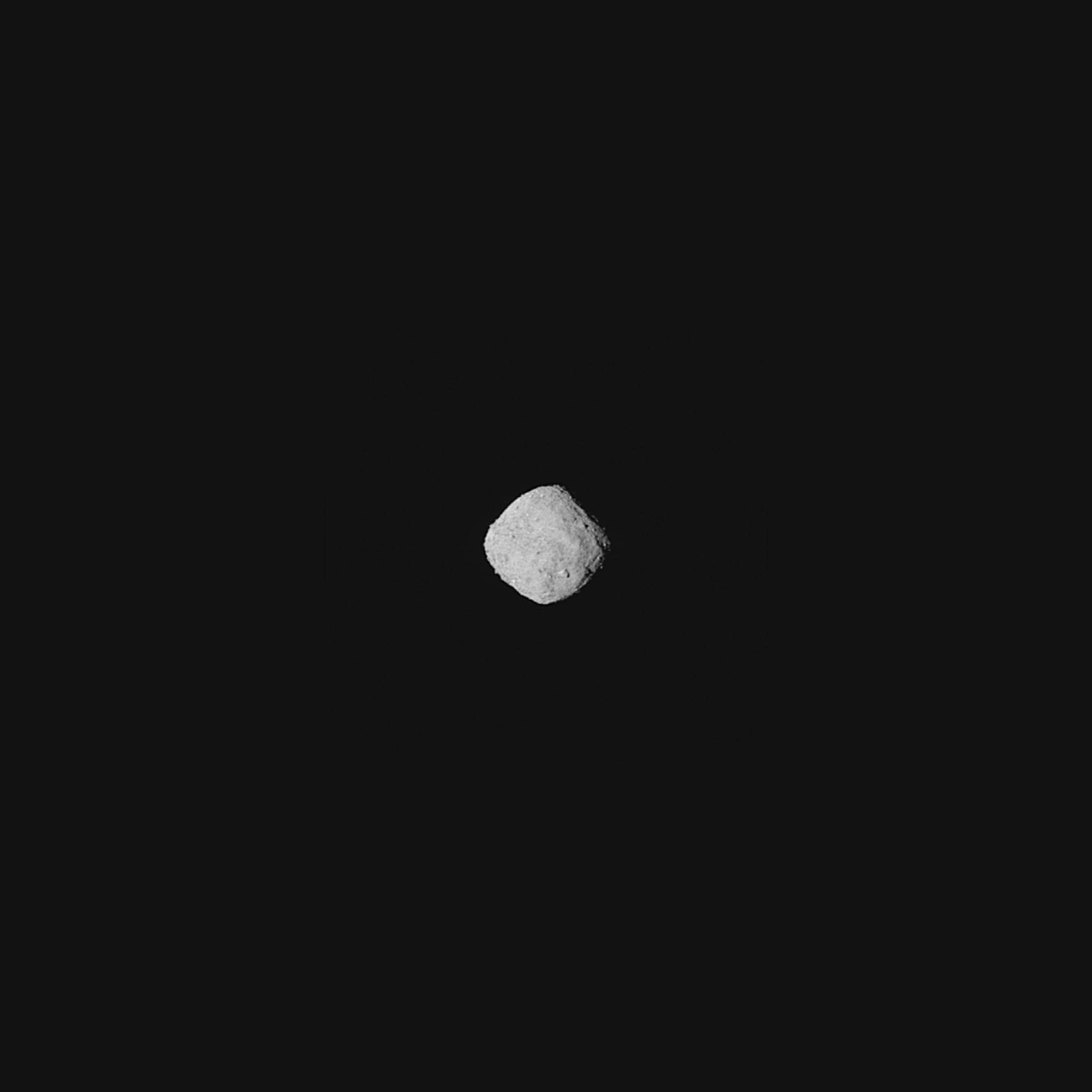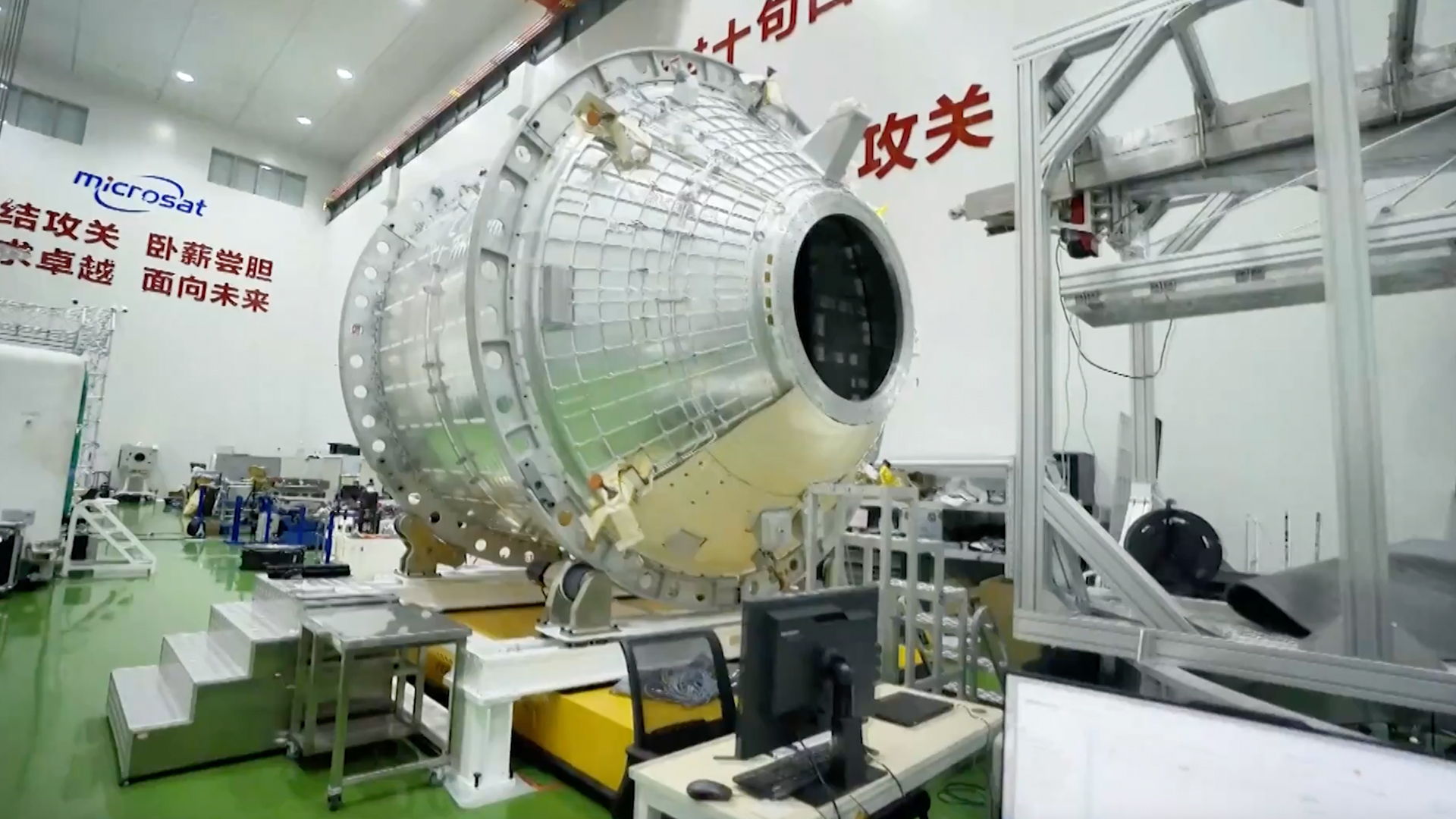NASA Arrives at Bennu Today, But Exactly Where Is That Asteroid?
Editor's note for Dec. 3: OSIRIS-REx has successfully arrived at the asteroid Bennu and is starting scientific operations.
NASA will arrive at an asteroid called Bennu today (Dec. 3), kicking the space agency's OSIRIS-REx asteroid sample-return mission into full gear.
OSIRIS-REx will arrive at Bennu at about 12 p.m. EST (1700 GMT) and you can watch it live here, courtesy of NASA, beginning at 11:45 a.m. EST (1645 GMT). A mission program will precede the event at 11:15 a.m. EST (1615 GMT).
But where is that asteroid and its visiting spacecraft, which is now two years into its journey? Although it's easy to assume that an asteroid mission would target the asteroid belt, Bennu isn't tucked in this rocky region between the orbits of Mars and Jupiter.
Instead, Bennu's orbit waltzes between those of Earth and of Mars, averaging around 100 million miles (160 million kilometers) away from the sun. That makes it a near-Earth asteroid, like the one Japan's Hayabusa-2 mission is currently studying.
(NASA has visited the asteroid belt proper before, however. The agency's most exhaustive visit was made by the Dawn spacecraft, which ended its mission earlier this year. Before the end of its effort, Dawn studied two of the largest objects in the asteroid belt: Vesta and the dwarf planet Ceres.)
But while Bennu isn't in the asteroid belt now, scientists think that it was a long time ago. Current theories suggest that the diamond-shaped space rock was once part of a much larger asteroid, one perhaps the size of Connecticut. That space rock met its end sometime between 700 million and 2 billion years ago during a giant collision, breaking into Bennu and other pieces. Since the impact, Bennu seems to have gradually spiralled closer to the sun.
Breaking space news, the latest updates on rocket launches, skywatching events and more!
During OSIRIS-REx's stay at Bennu, scientists are hoping to learn more about the earliest days of the solar system, because asteroids are the rubble left behind as planets formed. In particular, Bennu is a rare subset of asteroid, called a B-type asteroid, which means scientists suspect there should be organic compounds and wet clays on it. That means Bennu may resemble what Earth looked like when life began here — making this asteroid an incredibly compelling science target.
And all that excitement begins today. OSIRIS-REx will cautiously approach its target before slipping into orbit for more than two years of scientific observations. The spacecraft will also carefully collect a sample of the asteroid. Then, in March 2021, the probe will make its way back to Earth in order to deposit that sample in terrestrial labs.
Visit Space.com today for full coverage of OSIRIS-REx's arrival at Bennu.
Email Meghan Bartels at mbartels@space.com or follow her @meghanbartels. Follow us @Spacedotcom and Facebook. Original article on Space.com.

Meghan is a senior writer at Space.com and has more than five years' experience as a science journalist based in New York City. She joined Space.com in July 2018, with previous writing published in outlets including Newsweek and Audubon. Meghan earned an MA in science journalism from New York University and a BA in classics from Georgetown University, and in her free time she enjoys reading and visiting museums. Follow her on Twitter at @meghanbartels.

